
“I never doubted that equal rights was the right direction,” said famed women’s suffragist Alice Paul five years before her death in 1977. “Most reforms, most problems are complicated. But to me there is nothing complicated about ordinary equality.”
Yet years after Paul fought for voting equality in the early 20th Century, some American institutions have moved away from equality and tipped toward female dominance.
One of those institutions is the American college campus, where women have risen to be a majority of students and will likely soon be a majority of faculty. In 1900, only around 5,200 women received undergraduate degrees, accounting for only 19.1 percent of all such degrees conferred. After making gains in the first half of the 1900s, the proportion of women earning degrees once again plummeted after World War II, when the G.I. bill tripled the number of men earning degrees.
But in the early 1980s, shortly after Alice Paul’s death, women for the first time became a majority on college campuses, a status they never relinquished. According to the National Center for Education Statistics, 57.8 percent of all undergraduate college degrees and nearly 60 percent of all master’s degrees will be earned by women in 2018. All total, 420,000 more women than men will earn Bachelor’s, Master’s, or Doctoral degrees this year.
According to NCES data, 44 percent of all American women in 2016 between the ages of 18 and 24 were enrolled in degree-granting postsecondary institutions, compared to only 39 percent of all males in the same age group. That same year, 38.9 percent of all women between the ages of 25 and 34 had a bachelor’s or higher degree; only 31.1 percent of men could say the same.
For the most part, Ivy League schools maintain a relatively equal gender balance between males and females — although historically, women had always been behind and have only recently made strides to catch up. But at America’s larger public schools, women have pulled ahead, often dramatically.
According to U.S. News and World’s Report’s 2019 “Best Public Schools” ranking, campuses at America’s best public universities are now majority-female.
At the University of California-Berkeley, UC-Irvine, and the University of Texas-Austin, women make up 53 percent of the student body. At the University of Virginia, it’s 55 percent, at the University of Georgia and UCLA it’s 57 percent, at the College of William and Mary, it’s 58 percent, and the University of North Carolina-Chapel Hill boasts a 59 percent female campus.
Within the University of Wisconsin system, 55 percent of all degrees were earned by women in 2017. Of the 13 state campuses, women outnumber men on all but two (UW-Platteville and UW-Stout), often times by large margins. For instance, women make up an astounding 67 percent of students at UW-Green Bay, 61.6 percent of the students at UW-Superior, and 61.4 percent of all students at UW-River Falls.
The makeup of the faculty within the UW System has also followed the students’ lead. In 2016, 53 percent of all employees within the system were female.
This follows the national trend where women have made tremendous strides in university employment. According to a study by the TIAA Institute, women held only 38.6 percent of faculty positions in 1993; by 2013, that number had increased to 49.2 percent. Still, women lag behind men in terms of full professorships – in 1993, only 14.8 percent of professors were women, but by 2013, that number had increased to 36.1 percent.
Thus, in an America where the income gap between men and women is a hotly debated political issue that purports to show the disadvantage women face, there is another drastic gap that rarely merits mention. The surge in women on college campuses as both students and instructors has created an “education gap” that has seen men fall further behind.
Yet the question remains: Why?
In 2006, researchers at the National Bureau of Economic Research took a stab at determining why women were beginning to outpace men in terms of higher educational attainment. Their report noted that in the 1970s, employment opportunities began opening up for women that hadn’t previously existed, providing a greater incentive to attend college and obtain a degree.
The study notes that in the 1970s, women no longer were either limited to primarily “female” majors (education, English, literature) or simply attended college to “find suitable mates.” One poll conducted in 1967 found that 41 percent of incoming college freshman believed it was improper for a married woman to have a job outside the home; just six years later, only 17 percent thought so. At the same time, the age women were first getting married crept upward, freeing them to obtain a post-high school education.
The report also noted some demonstrable differences between males and females in their formative years. For one, women develop more quickly, and this maturity allows them to excel during college. Boys, on the other hand, are more likely to have behavioral problems that lead to disciplinary actions in school. In many cases, these behaviors turn criminal, which can derail dreams of attending college.
Even when backed by scientific research, pointing out inherent differences between males and females and how those differences affect educational attainment can be controversial.
Numerous professors across a wide swath of disciplines were contacted to comment for this story, and none would agree to an interview. One professor referred to the issue as “politically charged.”
However, one female professor posited the idea that more women are pursuing higher education because academia is a field with clear career trajectories and there’s still too much gender discrimination in business. Perhaps the aforementioned “pay gap” may not only be a counter-example to the education gap, it might even be a cause of it.
She also mentioned that women might think an advanced degree could help them recover more quickly from stepping out of a career to have children, care for a parent, or attend to any other work-derailing exigency. “Men are taken seriously with or without degrees and protected in a way women are not,” she noted.
Yet the female dominance on college campuses has two opposite sides of the equation: the disparity not only highlights what actions women are now taking, it also exposes the things men no longer do.
For one, greater numbers of young men appear to be losing their taste for employment generally. According to a 2017 NBER working paper, men between the ages of 21 and 30 exhibited a dramatic drop in work hours compared to their older counterparts; the study’s data showed these young men “shifted their leisure to video gaming and other recreational computer activities” in lieu of working.
Even within college campuses, men are beginning to cluster into more traditionally “male” majors and have begun eschewing classes in, for example, “soft sciences” like the humanities.
In 2015, 61 percent of all advanced degrees in the humanities (arts, language, history, etc.) were earned by women. While men have moved toward higher-earning majors (primarily in math and technology), women have taken over majors previously dominated by their male colleagues. For instance, in 2017, an eye-popping 68 percent of journalism bachelor’s degrees went to women.
Studies typically show that women don’t turn away from science and technology (STEM) majors because they aren’t as adept at math as their male counterparts – one recent report in the American Educational Research Journal suggests females often reject such majors because they perceive gender discrimination within that field.
“The data does not support the notion that women are math-phobic or science-phobic, as some believe,” said study co-author Joseph Cimpian, associate professor of economics and education policy at the NYU Steinhardt School of Culture, Education, and Human Development. “Rather – and quite reasonably – women don’t like to be discriminated against.”
Yet if women stay out of a certain number of majors because they perceive discrimination, it follows that men would do the same. The more the humanities are seen as “women’s majors,” the fewer men will likely seek to study in those disciplines, believing there is bias against them.
This perceived bias, whether fair or not, has likely been exacerbated by the presence of some departments within the humanities dedicated almost specifically for female students. For instance, the UW-Madison’s department of Gender and Women’s Studies features eighteen faculty members. Unsurprisingly, 93 percent of the 1,410 Women’s Studies degrees conferred in America in 2016 went to women.
Obviously, if students feel out of place, they will vote with their diplomas and take their business elsewhere. The University of Missouri still hasn’t recovered from an enrollment drop following 2015 race protests on campus; black students pulled out of the university because they felt their needs weren’t being met, while white students saw things descend into chaos as demonstrators set up a tent city on campus, complete with a journalism professor calling for “muscle” to rough up a photographer.
Yet for whatever reason, the men who do show up on campus are now moving away from Shakespeare and toward mechanical engineering. Males aren’t only becoming a smaller minority on campus, they are becoming a less fully-rounded one, missing the chance to study art and philosophy.
“A man’s women folk,” said H.L. Mencken, “whatever their outward show of respect for his merit and authority, always regard him secretly as an ass, and with something akin to pity.”
As the education gap grows, women will have even more justification for both of these characterizations.
Like The College Fix on Facebook / Follow us on Twitter

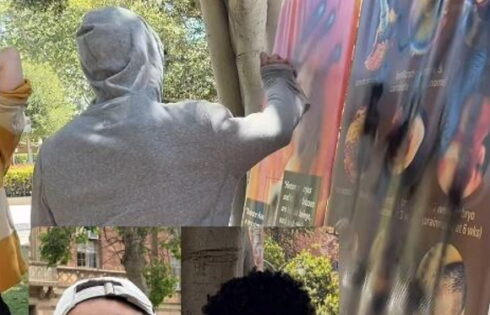
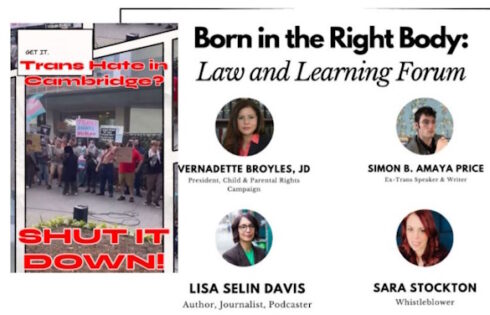
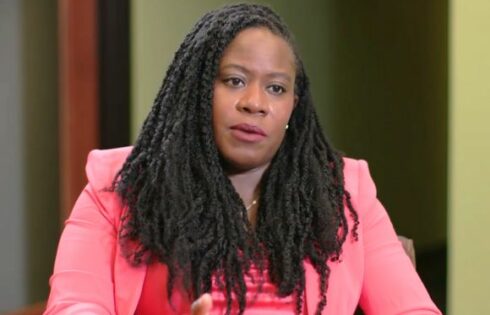
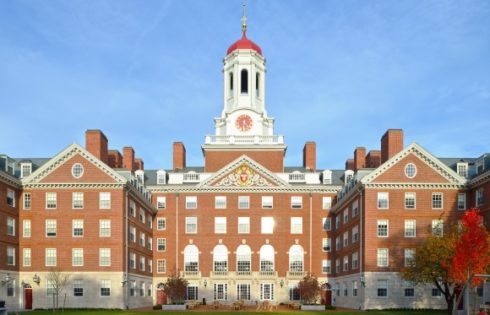
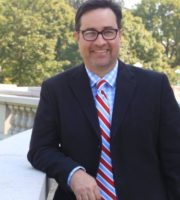
Please join the conversation about our stories on Facebook, Twitter, Instagram, Reddit, MeWe, Rumble, Gab, Minds and Gettr.